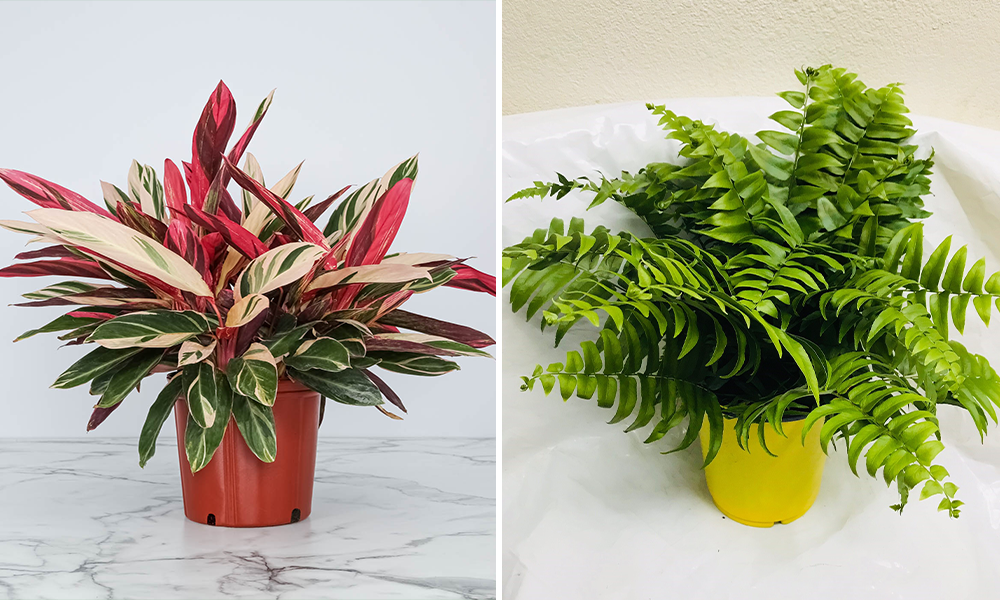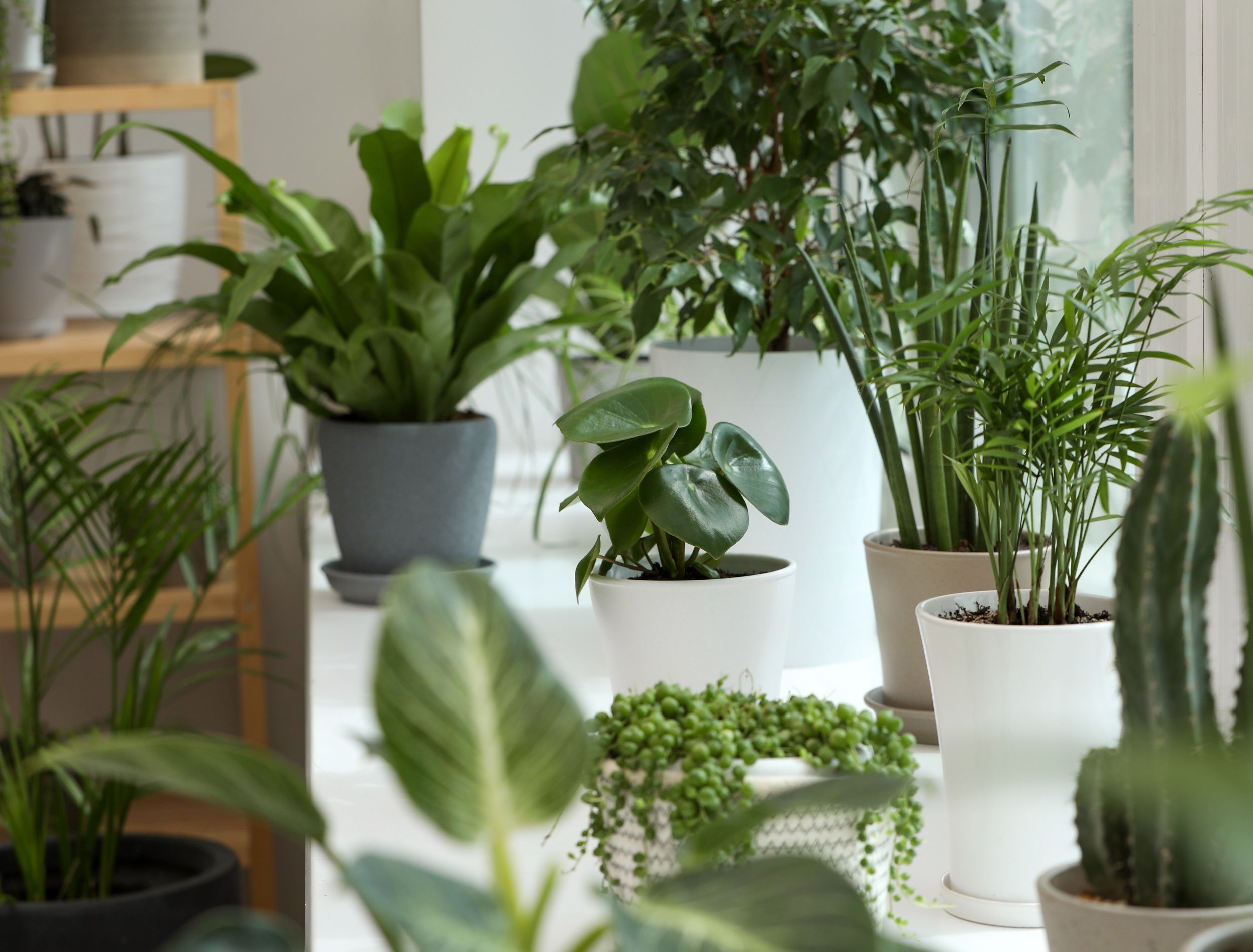Low Maintenance and Beautiful: Best Low-Light Indoor Plants for Your Home
Discover the Tricks of Low-Light Indoor Plants and Just How They Enhance Your Atmosphere
Low-light interior plants have actually amassed increasing interest for their special capacity to improve both aesthetic allure and environmental quality within homes and workplaces. These resistant species, including the Serpent Plant and Tranquility Lily, not just thrive in tough lighting conditions but additionally play a critical function in air purification and psychological well-being. Understanding the details advantages and care requirements of these plants can dramatically affect your living area. As we explore the complexities of their benefits, you may discover understandings that might transform your surroundings in unexpected means.
Benefits of Low-Light Indoor Plants
Although lots of people think that indoor plants require bountiful sunlight to grow, low-light indoor plants offer a wide range of advantages that make them perfect for different atmospheres. Among the key advantages is their adaptability; they can grow in spaces with limited all-natural light, such as offices, basements, or areas with small home windows. This feature permits people to enhance their environments with greenery, adding to enhanced aesthetic appeals without the need for comprehensive lights adjustments.
In addition, low-light indoor plants can considerably enhance interior air quality by launching and filtering damaging contaminants oxygen, making living areas healthier. Study has actually revealed that certain varieties can take in toxins, hence advertising a cleaner ambience. Furthermore, they can improve psychological wellness by reducing tension and raising efficiency. The visibility of plants has actually been connected to greater feelings of harmony and emphasis.
Additionally, low-light plants typically require less maintenance than their sun-loving equivalents, making them excellent for active people or those brand-new to gardening. Their resilience permits them to love marginal intervention, thus providing a fulfilling experience for plant lovers and newbies alike. In summary, low-light interior plants offer both visual and practical purposes, making them beneficial enhancements to any kind of room.
Top Low-Light Plant Varieties
Low-light interior plants come in a variety of varieties, each offering special qualities and benefits suited for dark atmospheres. Amongst the most preferred ranges is the Serpent Plant (Sansevieria), known for its building leaves and air-purifying capacities. This resistant plant flourishes on neglect and can tolerate a vast array of light problems.
Another excellent selection is the ZZ Plant (Zamioculcas zamiifolia), which includes shiny, dark green fallen leaves and is extremely drought-tolerant. Its versatility makes it a preferred for offices and homes with minimal sunlight.
The Pothos (Epipremnum aureum) is likewise a top contender, with its trailing creeping plants and heart-shaped leaves - Best low-light indoor plants. This functional plant can be trained to climb up or waterfall, adding aesthetic passion to any type of space

Care Tips for Low-Light Plants
Taking care of low-light interior plants needs a nuanced understanding of their specific needs to make sure optimum growth and vitality. Initially, it is important to pick the ideal potting mix, as a well-draining dirt is vital to avoid root rot. A blend designed for houseplants, commonly consisting of peat moss and perlite, works well for many low-light selections.
Watering is another essential element of care. Low-light plants generally require less frequent watering contrasted to their sun-loving counterparts.
Fertilizing should be come close to with care. During the expanding period, a watered down fluid fertilizer can be used monthly, however in winter season, many low-light plants go into dormancy and need little to no fertilization.
Lastly, it's vital to occasionally clean the fallen leaves to eliminate dirt, permitting much better light absorption. By adhering to these care suggestions, you can cultivate a growing atmosphere for your low-light interior plants, boosting both their appearance and long life.
Enhancing Air Top Quality With Plants
Interior plants play a significant function in enhancing air top quality within homes and workplace. With the procedure of photosynthesis, these plants take in carbon dioxide and release oxygen, adding to a much healthier ambience. Furthermore, particular low-light interior plants have the capability to filter harmful pollutants, such as trichloroethylene, formaldehyde, and benzene, which are typically found in interior atmospheres.

Furthermore, the presence of indoor plants can enhance moisture levels, which aids minimize completely dry skin and respiratory system issues, additionally enhancing general well-being. This capability to boost air quality not only advertises physical wellness but additionally supports mental wellness.
Including low-light interior plants right into your living and functioning spaces can bring about an extra vibrant and stimulating atmosphere (Best low-light indoor plants). Purchasing these all-natural air cleansers is a simple yet efficient technique for improving indoor air top navigate to these guys quality and cultivating a healthier way of living
Developing a Calm Indoor Room
The assimilation of plants into living areas not only improves air top quality but likewise adds to a tranquil ambience. Low-light indoor plants, such as snake plants and pothos, are especially reliable in developing a calm environment, as they prosper in problems that might or else be inhospitable for other plant. Their lavish foliage offers a calming visual, reducing stress and advertising relaxation.
Including these plants right into your home or office can stimulate a feeling of peace and well-being. Purposefully positioning them in areas where you invest substantial time, such as living offices or spaces, permits an immersive experience with nature, which has been revealed to improve mood and cognitive function.
Furthermore, the mild activity of leaves in action to air movement can develop a dynamic visual component that boosts the overall atmosphere. Think about making use of a variety of plant heights and structures to include deepness and rate of interest to your room. With thoughtful placement and care, low-light indoor plants can change any type of location right into a serene haven, promoting not just aesthetic satisfaction but likewise emotional and mental health.

Conclusion
Integrating low-light indoor plants into different atmospheres returns considerable advantages, consisting of pop over to this web-site boosted air top quality and enhanced aesthetic appeal. The transformative power of low-light plants emphasizes their value in enhancing both domestic and work settings.
Although several individuals presume that indoor plants call for bountiful sunshine to prosper, low-light indoor plants offer a plethora of advantages that make them perfect for different environments.In addition, low-light interior plants can substantially improve indoor air high quality by releasing and filtering system harmful contaminants oxygen, making living areas healthier. Additionally, particular low-light indoor plants possess the ability to filter hazardous pollutants, such as formaldehyde, benzene, and trichloroethylene, which are generally discovered in interior environments.
Low-light interior plants, such as snake plants and pothos, are specifically effective in developing a peaceful setting, as they grow in problems that might otherwise be unwelcoming for other website here greenery.Integrating low-light indoor plants into numerous environments returns significant benefits, including boosted air quality and improved visual appeal.